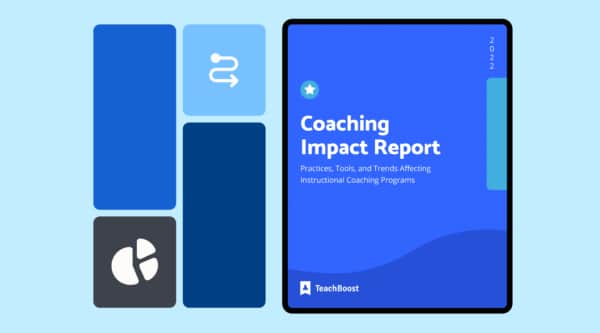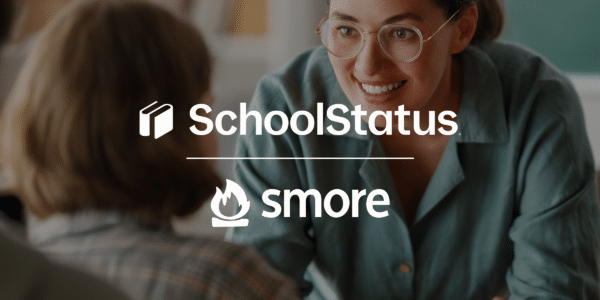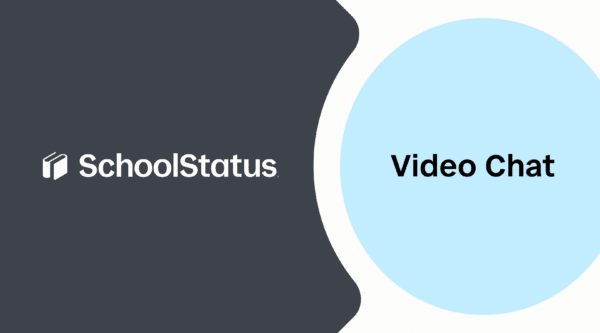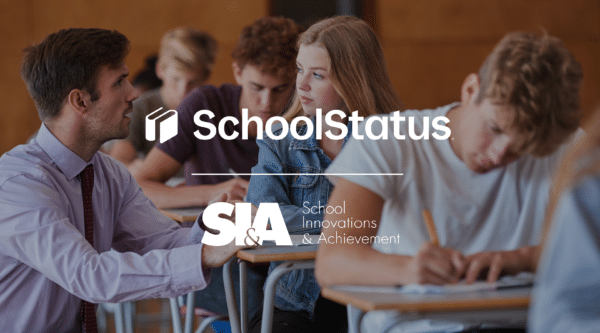
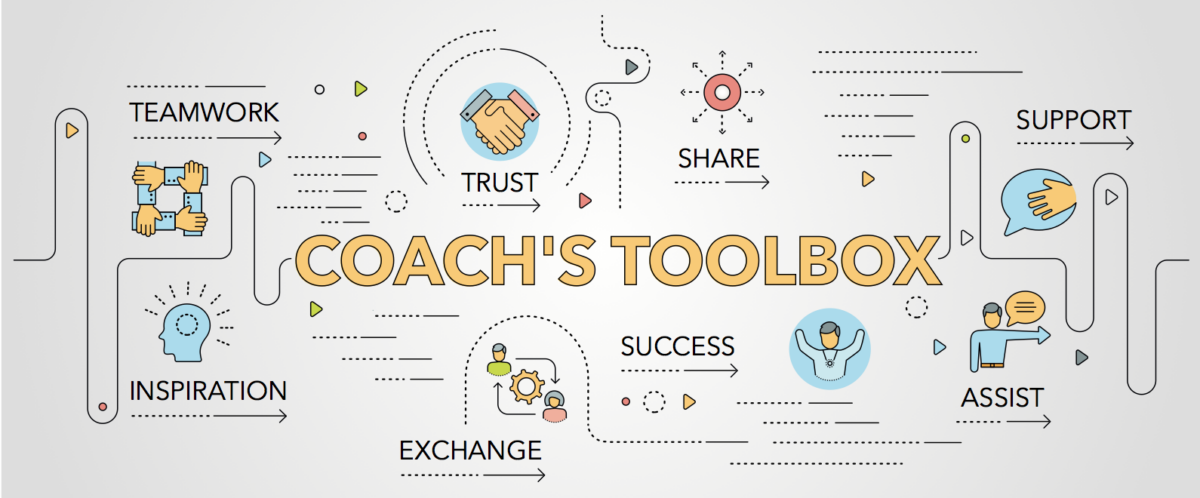

Pasha Goodman, professional learning specialist at Fort Bend ISD in Texas, highlights the benefits of creating a coaching foundation built on in-the-moment, resentment-free feedback.
W
atching my sons practice football this season made me reflect on effective coaching and types of feedback. Throughout the practices, the coaches would set up drills (e.g., hitting drills, speed drills, and catching drills) that focused on isolated skills needed for success and intentionally planned for kids based on their positions and current skill levels. Each repetition followed with specific, immediate feedback for getting better: “catch with your fingers,” “stay low,” “shoulder down,” or “head up.” The football coaches would strive to end practice with a successful moment, pushing the kids to keep getting better because “practice isn’t over until we get this play right! Three-point stance, we’re doing it again!” Additionally, coaches would provide a summary of the entire practice for the whole team to reflect on their strengths and areas for improvement.
As instructional coaches, we often find ourselves engaging our teachers in summary-type (i.e., “end of practice”) feedback. We’ll watch an entire lesson and then spend considerable amounts of time writing up the perfect summary of feedback for teachers to reflect on—something we’re lucky to have shared within 48 hours. Practice Perfect author, Doug Lemov, challenges coaches to “shorten the feedback loop.” He writes that feedback works best when it’s given and used immediately, and that simple, small changes implemented right away can be more effective than a more complex analysis provided later.
In-the-Moment Techniques to Differentiate Feedback
So how do we shorten the feedback loop to provide meaningful, on-the-spot feedback that our teachers will appreciate and welcome? It starts with a partnership. In Fort Bend ISD, our instructional coaches engage in a variety of techniques to differentiate feedback according to need and to allow for teacher choice. The effectiveness of these techniques rests heavily on the foundation set in the partnership agreement between the coach and teacher. Here are a few I really like:
Non-Verbal Signals
An instructional coach within our district, Heather Benavides, practices the technique of using non-verbal signals to provide “in-the-moment” reminders with each of her teachers as they collaborate together on a variety of learning experiences. Currently, Heather and a teacher are working on planning and asking rigorous questions throughout a lesson. During the lessons, they’ve planned for Heather to touch one finger to the side of her head as a cue to the teacher to ask one of the planned questions. In addition, Heather will stand behind a particular student if there’s something about the student’s work she wants the teacher to notice. When practiced effectively, these types of pre-planned, non-verbal signals are efficient and minimally invasive strategies for shortening the feedback loop.
Teacher Timeouts
When working with teachers, I like to combine non-verbal feedback cues with opportunities for reflection and lifting metacognition by using “teacher timeouts.” Taking a page from sports coaches, I literally signal a timeout or simply stand in a predetermined position in the classroom—depending on the teacher’s preference. Once I make the signal, the teacher determines when and how she’ll release students to an independent task knowing that I have something that I would like to discuss.
Most of the time when I signal a teacher timeout I’m noticing a trend in student work that I’d like to discuss that might require an adjustment to the lesson pacing and/or content. Before I state my evidence, I like to ask the teachers to provide evidence of their own. What do you notice? What are you wondering? Essentially, I want to make explicit the thought processes teachers should be engaging in throughout a lesson. After a short reflection, we collaborate on next steps and the lesson picks right back up. Just as a timeout in sports allows for a quick breather or an adjustment to the game plan before jumping back into action, so should a teacher timeout.
Take the Lead
Often during a coaching cycle, you’ll notice teachers inadvertently delivering incorrect content or creating a critical misconception. In these types of situations, a nonverbal signal or a teacher timeout may not work due to the urgency and it’s our instructional responsibility to take action as briefly and respectfully as possible.
When I find myself in this situation, I simply raise my hand and ask, “May I jump in here?” or “That just made me think of something, can I add on?” What’s important to notice is that I always ask permission because this allows the teacher to maintain authority in the classroom. As quickly as I step in, I try to just as quickly step back out. To start, I may clarify a step to a task the teacher requested or ask a probing question. Then, I try to build in an opportunity for students to work independently to allow myself some time with the teacher to plan for how s/he will pick back up once the students are done working.
The Lesson Reflection
After using any of the “in-the-moment” coaching techniques, it’s important to follow up with an end-of-lesson reflection. The reflection conversation allows the teacher and coach to discuss what students were able to master, what teacher actions contributed to the success, and plan next steps. Without this intentional follow-up and action planning, teachers may not internalize their new learning or understand how to apply it to future lessons. This is a critical step in getting teachers to close the “knowing-doing” gap.
Authors, Jeffrey Pfeffer and Robert I Sutton, write about this barrier between what we know to be important and what we actually put into practice in their book, The Knowing Doing Gap: How Smart Companies Turn Knowledge into Action. They write: “one of the most important insights from our research is that knowledge that is actually implemented is much more likely to be acquired from learning by doing than from learning by reading, listening, or even thinking.” Combining the in-the-moment coaching techniques and a post-lesson reflective conversation provides a successful recipe for supporting teachers in converting knowledge into action.
Final Note
Jim Wooden, legendary UCLA basketball coach, is arguably one of the most revered coaches in the history of sports. In addition to his coaching success, Wooden is also renowned for his inspirational messages. He’s quoted as saying: “A coach is someone who can give correction without causing resentment.” He must’ve known the importance of relationships and partnership agreements!
As instructional coaches, we have a responsibility to build capacity and provide “correction” to ensure all students have highly effective teachers. Additionally, we have a responsibility to engage in this work without causing resentment. Coaches who begin their work with a sound foundation in the form of a partnership agreement can use a variety of techniques to shorten the feedback loop. From nonverbal signals, teacher timeouts, or even a quick take the lead, instructional coaches can differentiate in-the-moment feedback based on needs and teacher preference. I believe it’ll serve us well to continue to study the great sports coaches—or even our kids’ peewee coaches—to steal a few more pages from their playbooks!
About our Guest Blogger
Pasha Goodman is in her fifteenth year in education—with eight years in instructional coaching—and currently serves as a professional learning specialist in Fort Bend ISD located south of Houston, TX. When not engaged in coaching coaches, she enjoys spending time with her husband and four sons.
Follow Pasha on Twitter @pgoodman529!
{{cta(‘352a410e-db79-4f33-a482-d301e8041965′,’justifycenter’)}}
Stay Connected
News, articles, and tips for meeting your district's goals - delivered to your inbox.





